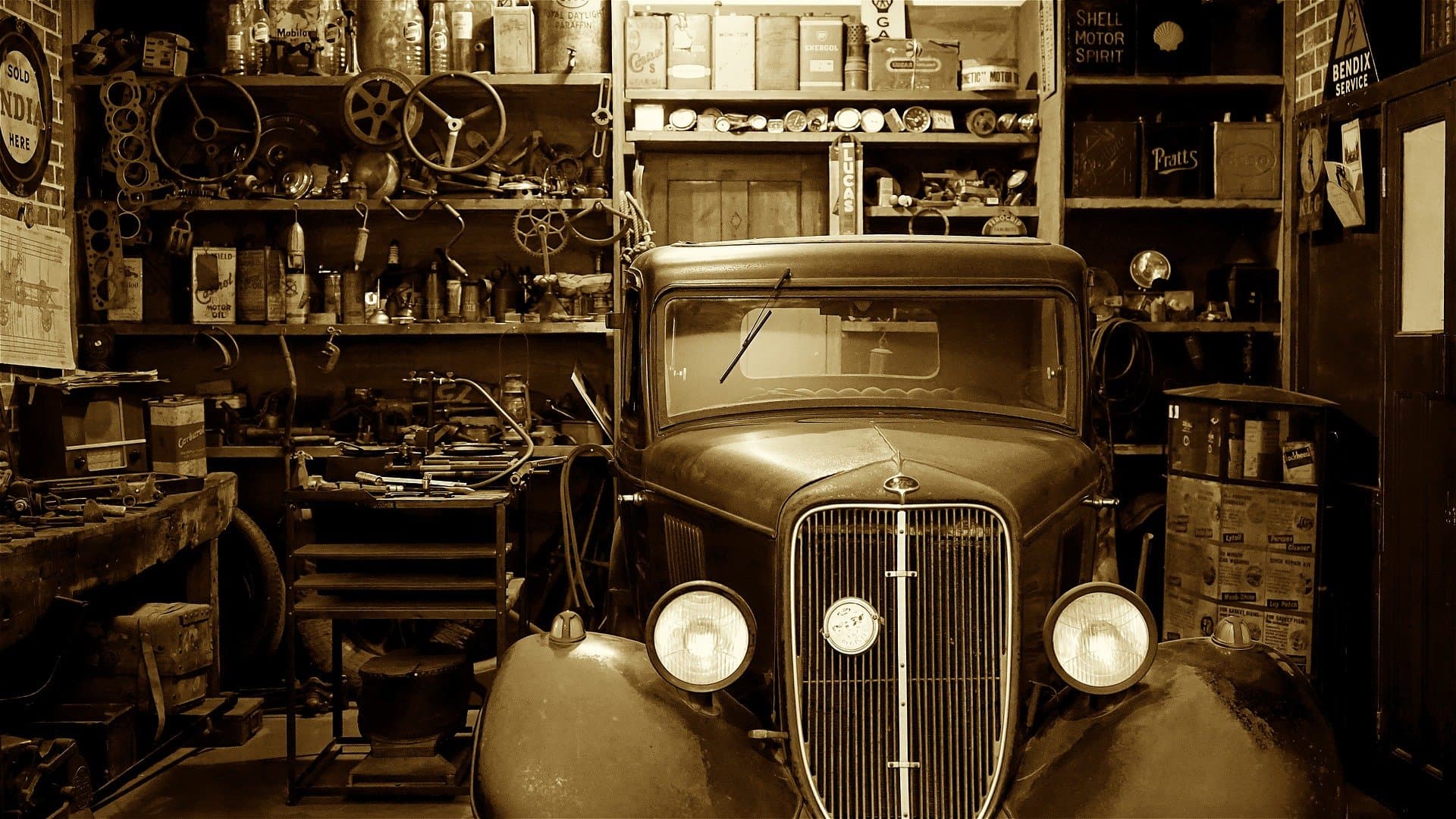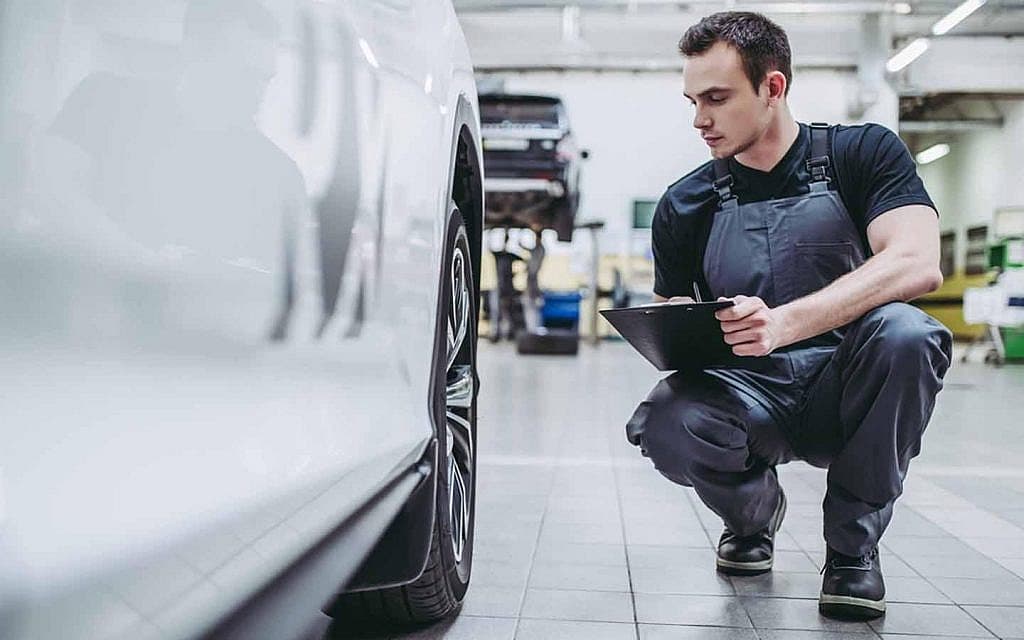Many drivers can relate to the scenario where a small stone bounces off the wheel of a passing vehicle, creating a chip in the windshield. This can lead to a crack or multiple cracks, resembling a spider web. Damage can occur from various incidents – a heavy or sharp object falling, a minor car accident, or the improper installation of new glass.
In such cases, the immediate question arises – repair or replace? There isn’t a definitive answer as it depends on the size of the crack, its location, economic factors, and the car owner’s standards.
Should You Repair the Windshield?
How is the repair conducted?
The process and approach depend on the nature of the damage, the type of glass, etc. However, in most cases, the procedure is as follows:
- The glass is cleaned and dried.
- Holes are drilled at the ends of the cracks to prevent the defect from spreading further.
- The damage is then filled with a clear polymer that, once cured, matches the refractive indices and other characteristics of automotive glass.
- The polymer filled into the crack is cured using an ultraviolet lamp until it solidifies. This results in a transparent “patch” that appears as an integral part of the glass, does not fog, and does not change color. The crack becomes virtually unnoticeable.
Repair stops the spread of the defect and allows the windshield to be used for an extended period. A properly repaired crack will not cause a vehicle to fail inspections and will not draw complaints from traffic police.
Many know that it’s possible to repair a windshield on one’s own without going to a service center. There are numerous instructional videos available. However, this is highly risky as many low-quality repair kits include plastics that can cloud and discolor over time. Such a “home repair” can hardly be corrected afterward, necessitating a windshield replacement.
Important Considerations for Those Deciding to Repair Auto Glass:
It’s crucial to seek professional help immediately after the glass is damaged. With every drive, dust, dirt particles, and moisture accumulate in the crack, making them impossible to clean even with professional tools. Ultimately, no matter how quality the repair is, the defect will be noticeable. The best approach is to tape the crack immediately after it appears and take the car to a service center.
If an expert advises against repair, it’s important to listen. An experienced technician can quickly assess whether a crack will worsen after repair. Hence, it’s better to heed their advice rather than pay twice.
The earlier the damage is addressed, the fewer problems the owner will face.
When Is It Pointless to Repair a Windshield Crack?
If the crack has many “rays,” covering such defects is very difficult and often impractical. If the defect is at the driver’s eye level or in the wiper zone, it is necessary to replace the windshield. Although the polymer used for repairs makes the damage less visible, it cannot perfectly correct the flaw. Thus, under certain lighting angles, sunlight, or headlights, the defect might distract the driver and lead to an accident.
If a chip reaches the edge of the glass or is close to it, even after a good repair, the crack will likely continue to spread and grow. Eventually, the repaired glass might simply break, forcing the driver to pay twice – first for the repair, then for the replacement. This situation can be as unpredictable as a round of the popular online casino game Dragon vs Tiger, where players must choose between two competing sides, much like choosing between repairing or replacing a windshield.
Glass made using the tempering technique, often marked as “Tempered” or simply “T”, is not suitable for repair. If cloudiness appears at the impact site, it indicates delamination, which cannot be corrected during the repair process.
Old cracks already filled with dust and dirt are also unsuitable for repair, and replacing the glass becomes necessary.
If the glass breaks again after an initial repair, re-repairing it is not advisable.
If the car is insured under comprehensive coverage, the cost of the windshield will be reimbursed by the insurance company, so there’s no point in repairing it. The exception is partial comprehensive insurance, which covers minor defects.
If the car has a heated windshield with thin nichrome wires or similar conductive materials inside, even a small crack can be catastrophic. Repaired glass will heat unevenly and eventually break.
Do not opt for repair if you are very particular about your car’s appearance. The repaired area will be noticeable and may cause discomfort, eventually necessitating a replacement anyway.

When Is It Worth Repairing a Windshield?
Damage smaller than a coin and located outside the driver’s line of sight can often be repaired effectively.
A small, linear crack that does not affect visibility can typically be repaired if it is no longer than the average size of a banknote.
A crack with a small number of radiating lines may be repairable, but if there is a hole at the impact point, it can be challenging to fill it successfully, and the patch might simply fall off.
If replacing the glass is not an option, consider repair as a temporary measure.
Economic feasibility – it is often more cost-effective to repair rather than replace.
The decision between replacement and repair should also be based on cost. Automotive glass can be divided into three categories, determining the appropriateness of restoration:
- The first category includes the most expensive original windshields for luxury cars. They have excellent operational qualities but are very costly. Some models may cost upwards of $30,000. In this case, it is usually better to attempt a repair, unless it is utterly impossible.
- The second category consists of non-original glass produced in countries like China and Poland. These are naturally less expensive than the originals, and hence the economic viability of repair is determined by its cost. If the repair costs about the same as a new piece, it’s better to buy new.
- The third category includes cheaper models made in China and designed for budget cars. In this case, replacement is recommended, except in situations where the defect is minor and very small.
Always consult with a specialist who understands these matters. Experienced technicians can always advise on the most cost-effective option.



